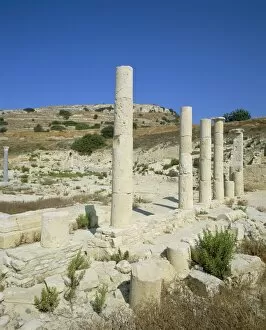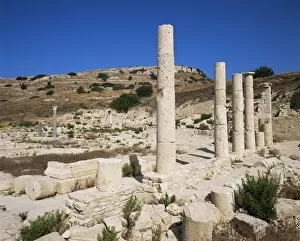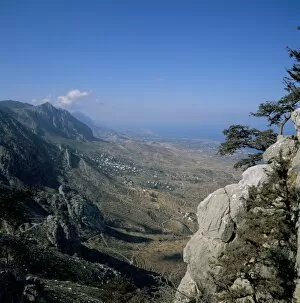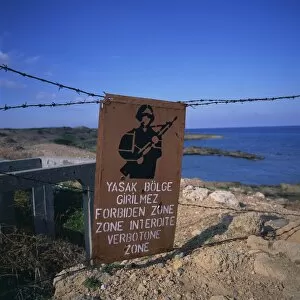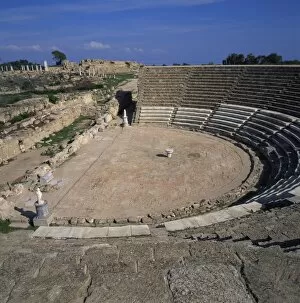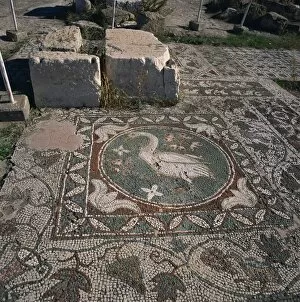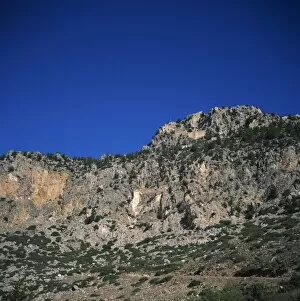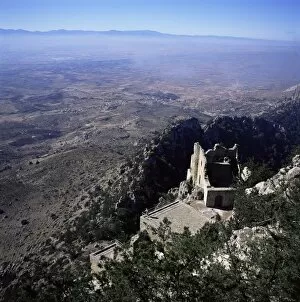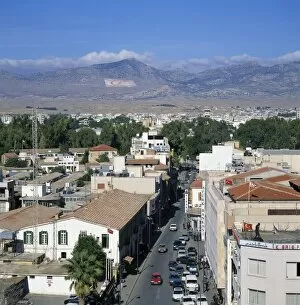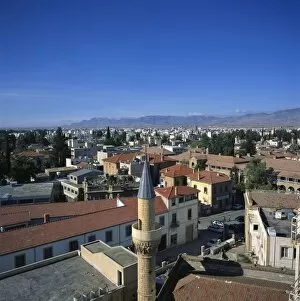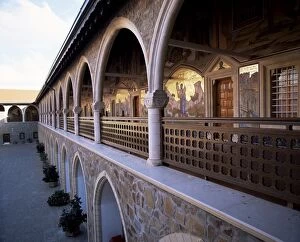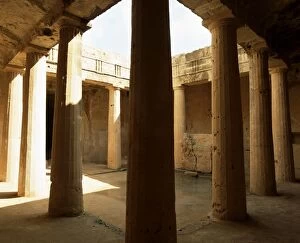Cyprus Collection (page 54)
Cyprus, a captivating island nestled in the Eastern Mediterranean Sea, boasts a rich history and breathtaking landscapes
For sale as Licensed Images
Choose your image, Select your licence and Download the media
Cyprus, a captivating island nestled in the Eastern Mediterranean Sea, boasts a rich history and breathtaking landscapes. As we delve into its enchanting past, let us embark on a journey through time. In 1880, an intricately detailed map was published, revealing the island's geographical wonders. This gem of the Mediterranean holds within it remnants of the Byzantine Empire, as depicted in another ancient map from that era. The lithograph showcasing Apostle Paul's Missionary Journeys in 1886 takes us back to biblical times when this sacred land witnessed his spiritual endeavors, and is here that faith intertwines with history. Fast forward to modern times; we witness the Royal Navy Harrier Jet soaring high over RAF Akrotiri in Cyprus. The island serves as a strategic military base where strength and agility meet amidst stunning surroundings. Paphos harbor beckons visitors with its picturesque charm and vibrant atmosphere. Located on Europe's eastern edge, this coastal haven offers glimpses into both ancient ruins and contemporary delights. Aphrodite's Rock stands tall as a testament to mythology and love itself. Nestled in Paphos' azure waters, it captivates all who visit this UNESCO World Heritage Site. Here lies an eternal symbol of beauty emerging from the sea. Kyrenia's Fort and Harbor grace North Cyprus with their majestic presence against the backdrop of Europe's shimmering Mediterranean waters. These architectural marvels whisper tales of resilience throughout centuries gone by. Reflecting upon imperialism’s grasp on global territories during John Bull’s reign (as portrayed in an American cartoon from 1882), one cannot help but appreciate how Cyprus has emerged as an independent nation while preserving its unique identity. Hospitality finds its home at Hotel Annabelle in Pafos—a sanctuary where luxury meets tranquility amidst timeless beauty. Here guests can indulge their senses while immersing themselves further into Cyprus' allure. Pissouri Bay, another Mediterranean gem in Cyprus, invites visitors to unwind on its golden shores.


